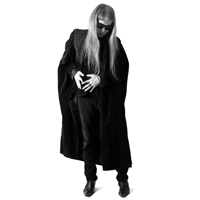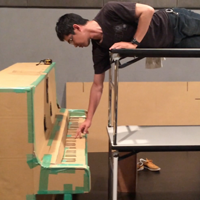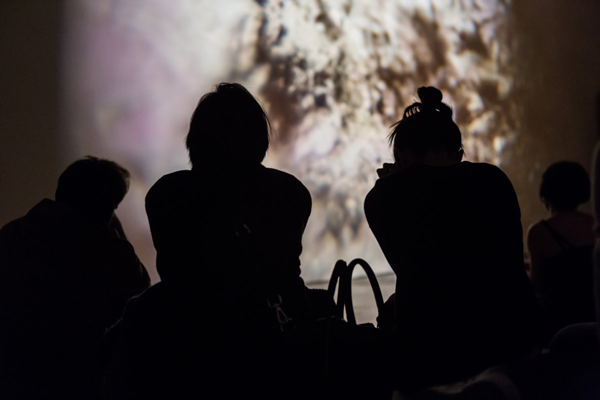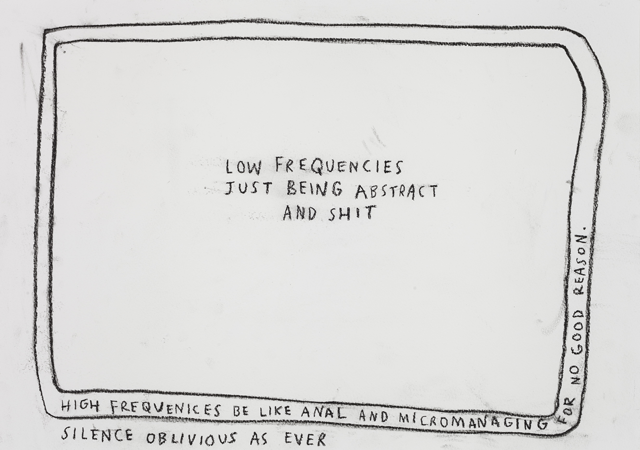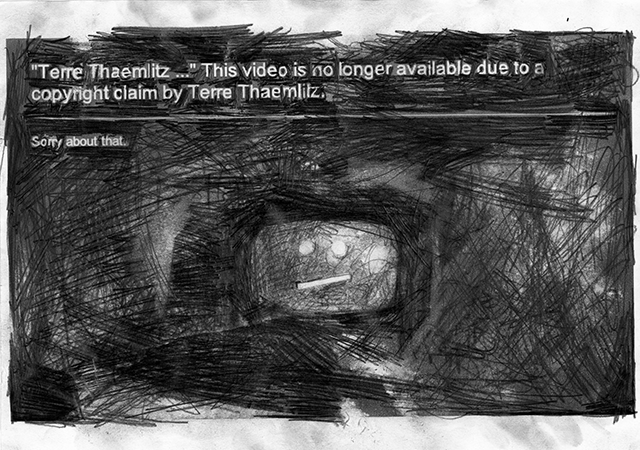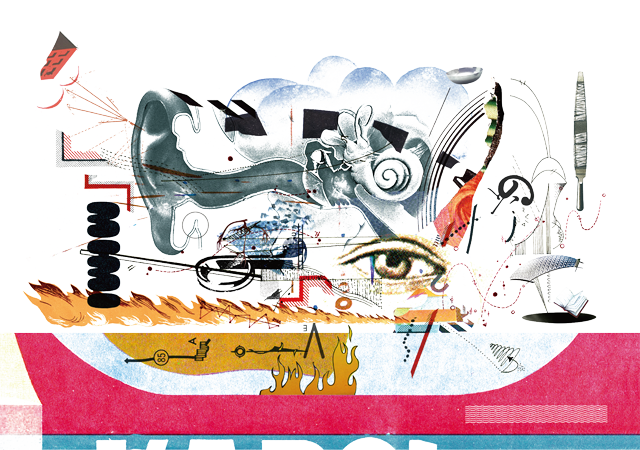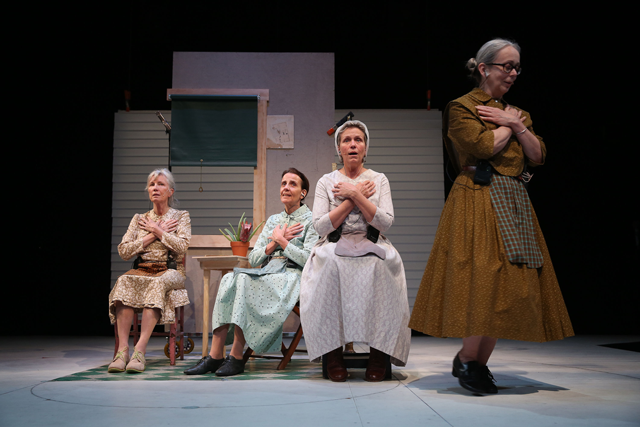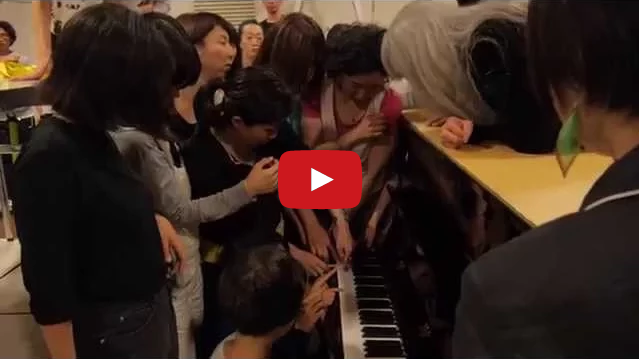
Miracle
Composed and conducted by Keiji Haino
Directed and designed by Noriyuki Kiguchi
Players: Taro Aiko, Shohei Amimori, Yui Ando, Risa Aoki, Minoru Aoyama, Yuki Ayato, Junichiro Endo, Eri Fukuda, Yutaka Fukui, Nicole Gallagher, Junko Harada, Ayumi Hayashi, H.I.G.O, Tomoyuki Hirata, Mari Hoshi, Ryo Ichihara, Maki Imamura, Yoshiko Ishibori, Hiroshi Ito, Rimon Jo, Ibuki Kaizuka, Fumio Kakiya, Manami Kakudo, Daigo Kamimura, Satoshi Kamimura, Miho Kato, Mika Kawada, Masami Kawaguchi, Kenjiru-Bien, Hiroko Kenmochi, Keisuke Kikuchi, Hitomi Kimura, Takehito Kinoshita, Konomi Kobayashi, Rui Kobayashi, Kentaro Koda, Kazuaki Kondo, Masashi Koyama, Tao Koyanagi, Mike Kubeck, Hiromi Kudo, Gil Kuno, Kazuo Kurita, Masatoshi Kurosawa, Hikari Kusuda, Momoko Maejima, Osamu Maki, Yujiro Matsui, Haruo Matsumoto, Yasumasa Mitsuru, Sho Miura, Yasuo Miyamura, Hikaru Miyazaki, Yuko Mori, Azusa Morikawa, Yasumune Morishige, Toru Nakamoto, Shigeki Nakano, Hiroshi Nakata, Akiko Nakayama, Pijin Neji, Yuko Nexus6, Yukiko Nishii, Aoi Nozu, Shiho Oikawa, Hayato Okada, Takuya Okada, Yuki Okamoto, Naota Okamura, Yuji Okamura, Ryo Ooguchi, Naoki Osawa, Nonoka Sasaki, Eriko Sato, Satoko Shibata, Kana Shimada, Taisuke Shimanuki, Tomoko Shimazaki, Toru Shimizu, Takashi Shinkawa, Seijun Shirafuji, Yuta Sumi, Eriko Suzuki, Mikiko Suzuki, Tomoko Suzuki, Tsunehiko Suzuki, Sota Takahashi, Takako Takahashi, Reiko Takayama, Hideaki Takeda, Aiko Taketani, Teruki Tamayanagi, Yuki Tsuji, Yuko Tsujimura, Yushi Ueda, Eiji Uehara, Naohiro Ukawa, Shinichiro Wada, Satoshi Yamada, Kansuke Yamamoto, Taiga Yamazaki, Masayuki Yano, Ami Yoshida, Moe Yoshida, Akane Yoshiie, Yuna Yoshimizu, Gen Yoshizumi
Design and construction: Takuma Ishikawa, Yosuke Kawamoto, Ryota Ide, Yui Yamamoto
Piano tuner: Naoko Iwamoto (H. Matsuo Musical Instruments Co., Ltd.)
Keystroke sensing system: Kanta Horio
Stage manager: Megumi Sato
Management: Sayuri Fujii
Catering: Shinsuke Kanno, Tomio Hashimoto (AM-A-LAB)
Documentation: Kohsuke Nakamura (sound), Kenta Matsuo (video), Hideto Maezawa (photo)
Special thanks: Sumihisa Arima, Mina Tabei, Itoken
Friday, October 2 | 19:00 open, 19:30 start
Adv 2,500 yen / Door 3,000 yen
Advance tickets available at Peatix
Planned for 40 years, Keiji Haino’s first “composition” is the final response to John Cage’s 4′33″
Essentially, there has not been a boundary between “composition” and “performance” for Keiji Haino, who has considered the notion of “improvisation” and the dichotomy between “active” and “passive” invalid. However, he has planned for 40 years for this “composition” called Miracle as his final response to John Cage’s 4′33″, its “sequel” 0′00″ and their countless variations, and it is going to be world premiered at Sound Live Tokyo 2015. The venue for the premiere is, needless to say, Sogetsu Hall, where 0′00″ was world premiered by Cage himself in 1962.
I. Tacet
II. Tacet
III. Tacet4′33″ (1952 [1])
In a situation provided with maximum amplification (no feedback), perform a disciplined action.
4′33″ (NO. 2) (0′00″) (1962)
In response to the above, Haino’s composition is for 88 players each of whom plays one of the 88 keys of a piano with a finger, at once. This completely specific instruction, which reflects Haino’s idea of “one note” that expresses the principle of his music, obviously involves physical complication. How can 88 people get together around the keyboards, of which width is just about 120 centimeters? What does the act of exhausting the finiteness of the 88 keys of the piano and what the 88 bodies are likely to be subjected to — accumulation, twists, pressure, cramps and hanging — mean? How does the sound, played by 88 fingers at once, resonate?
Making use of his experiences in Carry-in-Project and labor as a professional heavy material lifter at construction sites, performance maker Noriyuki Kiguchi carries out this task, using any means to fulfill it, solemnly and safely. In his calculation, the success rate of the “miracle” is 50%.
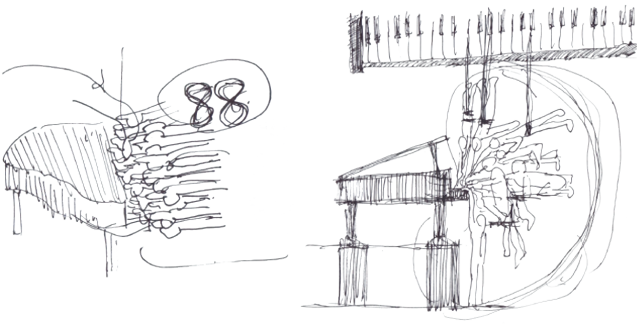 Drawing by Noriyuki Kiguchi
Drawing by Noriyuki Kiguchi
4′33″, which liberated sounds from the “intentions” of the composer and player and temporally articulated the limitless expansion of the act of “listening” and its object, and 0′00″, which removed even the temporal frame and demonstrated Cage’s commitment to “letting anything happen, to making everything that happens acceptable, [2]” and the eccentric philosophy behind them, which merged zen, anarcho pacifism, optimism about technology, Maoism, Theatre of Cruelty and ecology, have significantly contributed to, at least symbolically, the establishment of the world-view that supports and regulates contemporary performance and communication. We present the score of the composition with Haino’s signature to everyone who comes to the venue to witness the moment of “miracle,” when Keiji Haino, who considers himself “music addict” and “essentially a singer,” raises a bottomless question about the world-view.
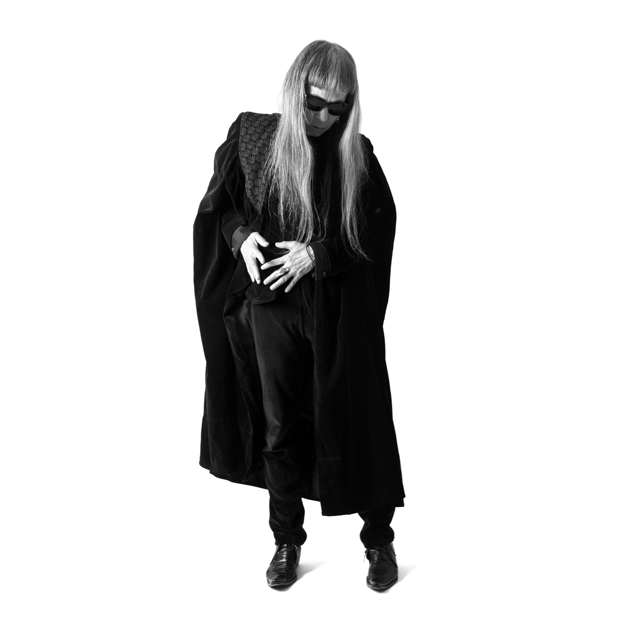 Photo by Kazuyuki Funaki
Photo by Kazuyuki Funaki
Keiji Haino | Born in 1952 in Chiba. Inspired by Antonin Artaud he aimed for the theatre, but an encounter with The Doors stimulated him into music, where he has examined and absorbed an extremely wide range of music from the early blues especially Blind Lemon Jefferson or European medieval music to popular songs across the world. In 1970 he joined a group “Lost Aaraaf” named after Edgar Allan Poe’s poem as a vocalist. Meanwhile, he started to work on home recordings and self-taught the guitar and percussions. In 1978 he formed a rock band “Fushitsusha” that has opened up a completely new, powerful and profound dimension in hard rock. Since 1988, after a recuperation period from 1983 to 1987, he has been internationally active in various forms including solo, units such as Fushitsusha, Nijiumu, Aihiyo, Seijaku, Vajra, Sanhedrin, Nazoranai or Hardy Soul, DJ as “experimental mixture,” as well as sessions and collaborations with artists from different backgrounds. Drawing performance to the extreme of the guitar, percussions, the hurdy gurdy, diverse wind and string instruments, local instruments from across the world and DJ gears through keen physicality and unique techniques, he delivers incomparable sound that is full of shamanism without transcendency as well as raging intelligence and awareness. He has released more than 170 recordings and performed live at least 1,500 times with countless musicians including Loren Connors, Barre Phillips, Derek Bailey, Lee Konitz, Misha Mengelberg, Rashied Ali, Kang Tae Hwan, Kan Mikami, Kazuki Tomokawa, Motoharu Yoshizawa, Tatsuya Yoshida, Tori Kudo, Reiko Kudo, Chisato Yamada and Gozo Yoshimasu.
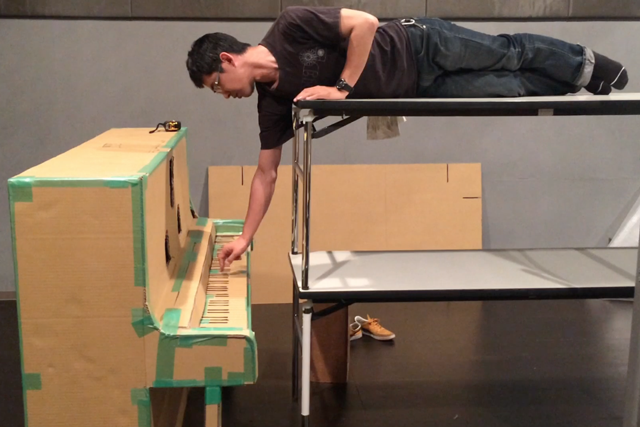
Noriyuki Kiguchi | Born in 1975 in Okayama. Graduated from the Division of Civil Engineering, Architecture, and Marine Technology, College of Engineering, Yokohama National University in 1999. He joined a theatre group at the university and was involved in performing arts for the first time, but suspended his creative activity soon after graduating and started working as a construction site worker. Around 2005, his friends stimulated him into creation and he began again to intermittently write, direct and perform. In 2008, together with fellow designers and architects, he formed a collective “Akumanoshirushi” that produces and presents theatre performances and other unclassified projects. The collective’s style that integrates all the labor and fabrication in a production process into expression drew attention, and Carry-in-Project, a performance inspired by his experience of working at construction sites as a “lifter” of heavy materials, has been internationally touring and received well at theatre and arts festivals. Among his other works are On the Harmful Effects of No-Smoking, SAKURmA NO SONOhirushi, and Mon Père, Giacometti. He took part in the Local Creator Residence Program of Tokyo Wonder Site in 2011, and has been a Senior Fellow of The Saison Foundation since 2014.
[1] This version of the “score” was written in 1960.
[2] John Cage and Daniel Charles, For the Birds, Marion Boyars, 1981, p.167
